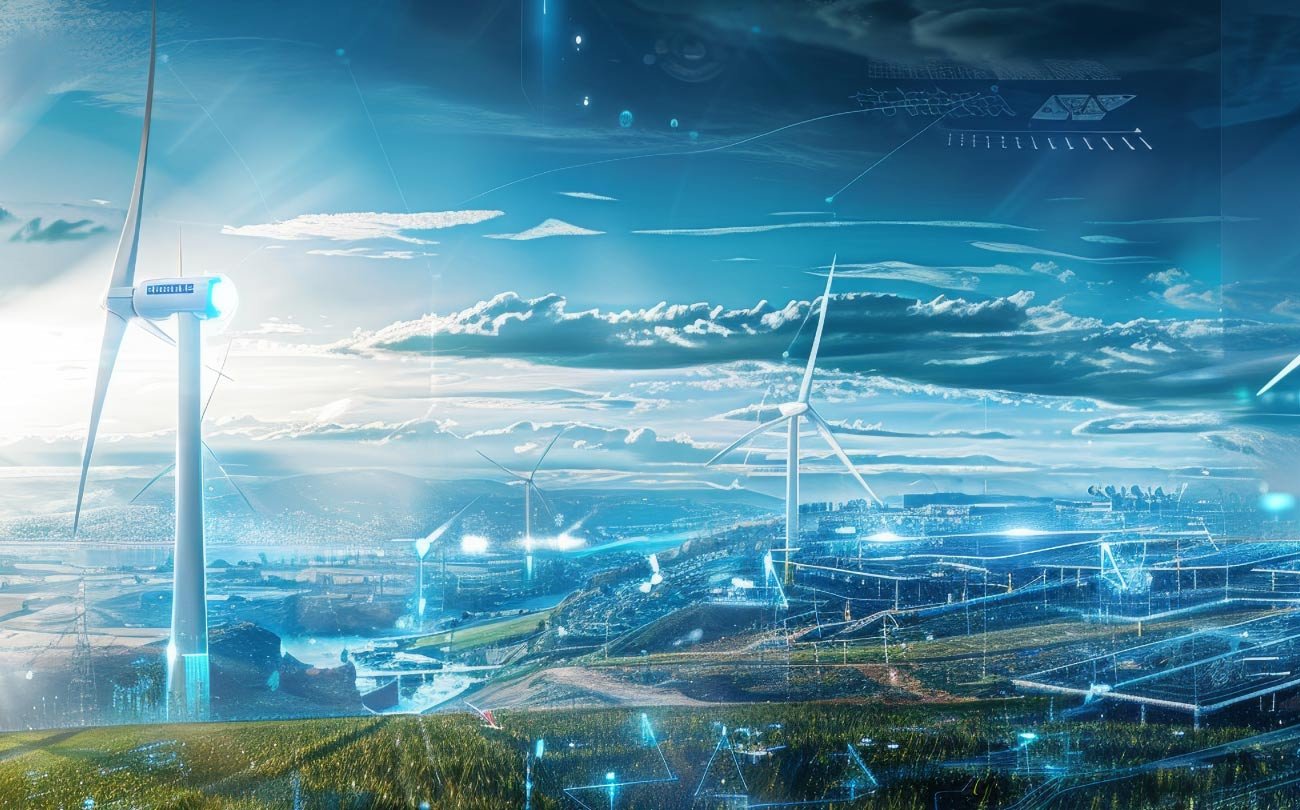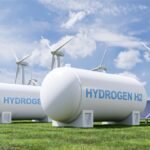The Need for Digital Transformation in the Energy Sector
The energy sector stands at a critical juncture. As we face challenges of aging infrastructure, fluctuating energy demands, and increasingly stringent regulations, the need for innovation has never been more pressing. Enter digital transformation – not just a buzzword, but a vital strategy for creating a more efficient, sustainable, and resilient energy future.
The Challenges We Face
Aging Infrastructure
Impact:Our energy infrastructure, much like a well-worn machine, has served us faithfully but is showing signs of wear. In the United States, a staggering 70% of grid transmission lines and power transformers have been in service for over 25 years. This aging system not only lacks efficiency but also poses reliability risks.Example: A major power outage in New York was caused by an aging transformer failing. This incident highlighted the urgent need for infrastructure upgrades. By adopting digital transformation, energy companies can identify weak spots and prevent such failures through predictive maintenance.
Renewable Energy Integration
Impact: The rise of renewable energy sources is a positive step towards sustainability, but it introduces new complexities. Managing the variability of wind and solar power requires sophisticated balancing acts to maintain grid stability.Example: Germany's implementation of smart grid technology has allowed precise management of renewable energy fluctuations, significantly improving grid stability.
Regulatory Pressures
Impact: Governments worldwide are tightening environmental regulations. For instance, the European Union aims to reduce greenhouse gas emissions by at least 55% by 2030. Energy companies must adapt quickly to these changing requirements to remain compliant and competitive. Example: In response to the EU's Green Deal, many energy companies have adopted digital monitoring systems to ensure compliance and proactively address regulatory changes.
The Promise of Digital Transformation
Digital transformation offers a path forward, providing tools and strategies to address these challenges head-on:
Enhanced Efficiency
By streamlining processes and reducing human error, digital technologies can significantly boost operational efficiency. One energy company reported a 20% increase in efficiency after implementing automated systems.Example: Company X saw a 20% increase in operational efficiency and a significant reduction in human error by implementing automated systems, which managed routine tasks with precision and freed up staff for strategic activities.
Data-Driven Decision Making
Advanced analytics and AI provide invaluable insights, guiding better decision-making across operations. From predictive maintenance to optimizing energy production, data is the new currency of success.Example: Company Y used machine learning to analyze historical data and predict equipment failures, resulting in a 15% reduction in maintenance costs and a 10% improvement in productivity.
Improved Sustainability
Digital solutions enable real-time monitoring of emissions, optimize the integration of renewable energy sources, and enhance overall energy efficiency. This not only helps meet regulatory requirements but also positions companies as leaders in environmental stewardship.Example: IoT sensors can monitor emissions in real-time and allow for immediate corrective actions. Additionally, digital platforms can optimize the integration of renewable energy sources, ensuring they complement rather than disrupt the existing grid infrastructure.
Key Areas of Digital Transformation
Advanced Data Analytics
Harnessing big data and machine learning can lead to substantial improvements. Studies show that companies using big data analytics can see up to a 10% increase in productivity and a 20% reduction in maintenance costs.Example: These technologies delve deep into data, uncovering trends and patterns that might not be visible to the human eye. This enables more informed decision-making and strategic planning, ultimately driving better business outcomes.
Predictive Maintenance
IoT sensors and AI can predict equipment failures before they occur, potentially reducing unplanned downtime by up to 50% and decreasing maintenance costs by 10-40%.Example: Company Z implemented IoT sensors across its operations. This proactive approach reduced unplanned downtime by 40%, saving millions in maintenance costs annually.
Smart Grid Solutions
Upgrading to smart grid technologies can lead to energy savings of up to 20% and a 10-15% reduction in operational costs. These systems integrate advanced metering, real-time monitoring, and automated control for optimal performance.Example: In a city where smart grid solutions were implemented, there was a 20% reduction in energy losses and a 15% increase in grid resilience, demonstrating the benefits of such upgrades.
Renewable Energy Integration
Seamlessly incorporating renewable sources into existing grids can cut CO2 emissions by up to 30% and enhance grid stability by 15-20%.Example:Seamlessly incorporating renewable sources into existing grids can cut CO2 emissions by up to 30% and enhance grid stability by 15-20%.
Energy Efficiency Management
Using real-time data to optimize energy use across operations can reduce energy consumption by 10-30%, leading to substantial cost savings.Example:Real-time data allows for immediate adjustments to energy use, ensuring that operations are always running at optimal efficiency. This not only saves money but also supports sustainability goals by reducing overall energy consumption.
Looking to the Future
As we move forward, emerging trends promise even greater advancements:Blockchain technology for secure and transparent energy trading.
Example: Blockchain ensures all transactions are verifiable and tamper-proof, fostering trust and efficiency in the energy trading market, leading to more competitive pricing and innovative trading models.
Artificial Intelligence for real-time grid management and optimization. Example AI algorithms can quickly analyze vast amounts of data, making real-time adjustments to maintain grid stability, enhancing the grid's ability to handle fluctuating demand and integrate renewable energy sources effectively.
Internet of Things (IoT) for comprehensive asset management.
Example: IoT technology provides detailed, up-to-the-minute data on asset performance, allowing for swift action when issues arise, reducing downtime and ensuring that assets are always performing at their best.
The energy sector must evolve to meet the challenges of the 21st century. Digital transformation offers a clear path to improved efficiency, sustainability, and resilience. At Keemurai, we're committed to leading this charge, providing the advanced technologies and expertise needed to navigate these complex challenges.
Are you ready to transform your energy operations? Contact Keemurai today to learn how our digital solutions can help your business achieve its efficiency and sustainability goals. Visit us at Keemurai or reach out via email at sales@keemurai.net. Let's work together to power a smarter, cleaner future.
References
1. DOE (2015). Quadrennial Energy Review 2. IRENA (2020). Renewable Capacity Statistics 2020 3. European Commission (2020). EU Climate Action 4. McKinsey (2016). The Need to Lead in Data and Analytics 5. PwC (2017). Predictive Maintenance 6. DOE (2016). Unlocking the Value of a Modern Electric Grid 7. IEA (2021). Net Zero by 2050 8. IEA (2019). World Energy Outlook 2019 9. Deloitte (2017). Blockchain in Energy and Resources 10. Accenture (2019). AI in Energy Utilities 11. Gartner (2020). IoT Adoption Maturing Amongst Organizations </br





